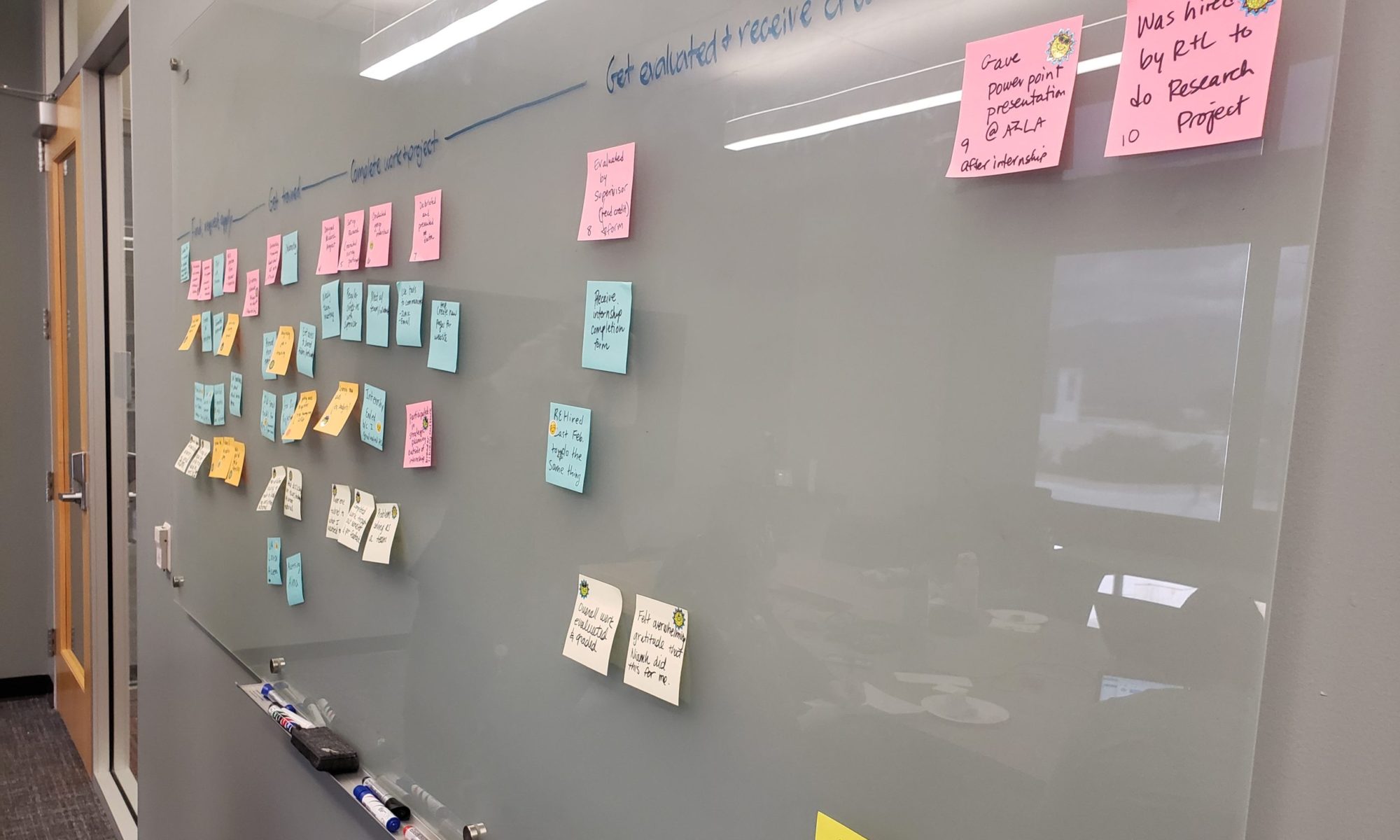I was assigned as “Website Product Manager” almost exactly two years ago, and since then I’ve sort of figured out what I’m doing, but have still felt quite alone in that I don’t know of any other librarian that considers herself in this same particular profession.
Then today I was cruising for some readings for my recently-announced DIY Usability Testing online course (thought I’d throw that pitch in there), and ran across today’s post in A List Apart, titled Product Management for the Web. Hey – that’s what I do! Everything that article mentions is very much in line with what I’ve been trying to do at the University of Arizona Libraries – forming and maintaining networks of relationships, earning trust, communicating like crazy, researching user needs and gathering analytics, setting priorities, and writing and implementing a website road map.
It’s true that when I went to Usability Week back at the end of 2010, I would introduce myself as “website product manager” and would get some “oos” and “ahhs,” so I think it’s safe to say it has been around in the larger world for a long time. But when I tell a librarian colleague that title, I am more commonly given a “huh?” response.
Perhaps this will continue to be a growing trend in how website work is managed. I think it’s pretty new for libraries, but perhaps it will become more common soon enough. We’ve found product management to be a really helpful framework for decision making. It’s brought clarity and given us tools like the road map to prioritize and communicate improvements. I don’t think it would be a bad idea for more libraries to try out product management, although in fairness I’m a bit biased.

